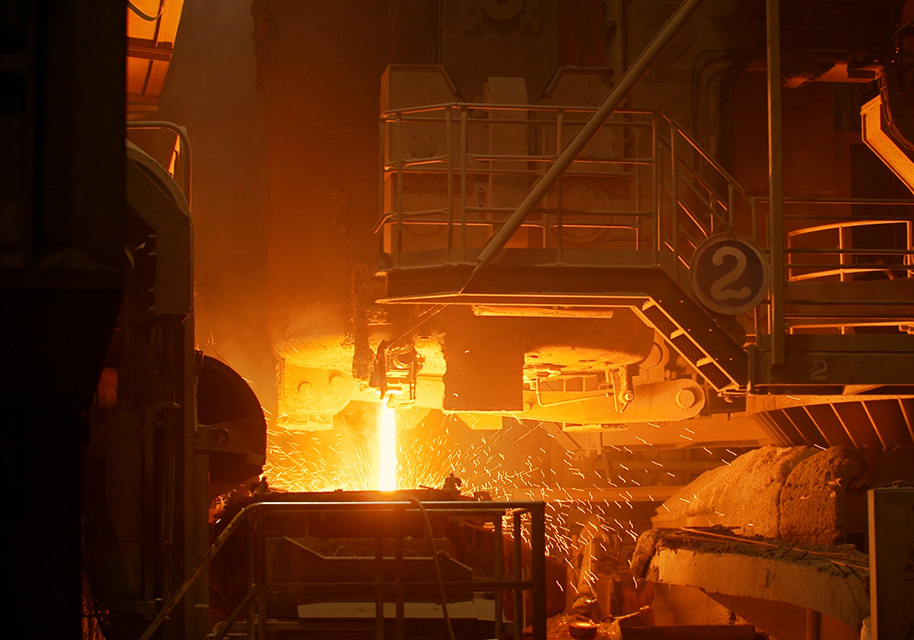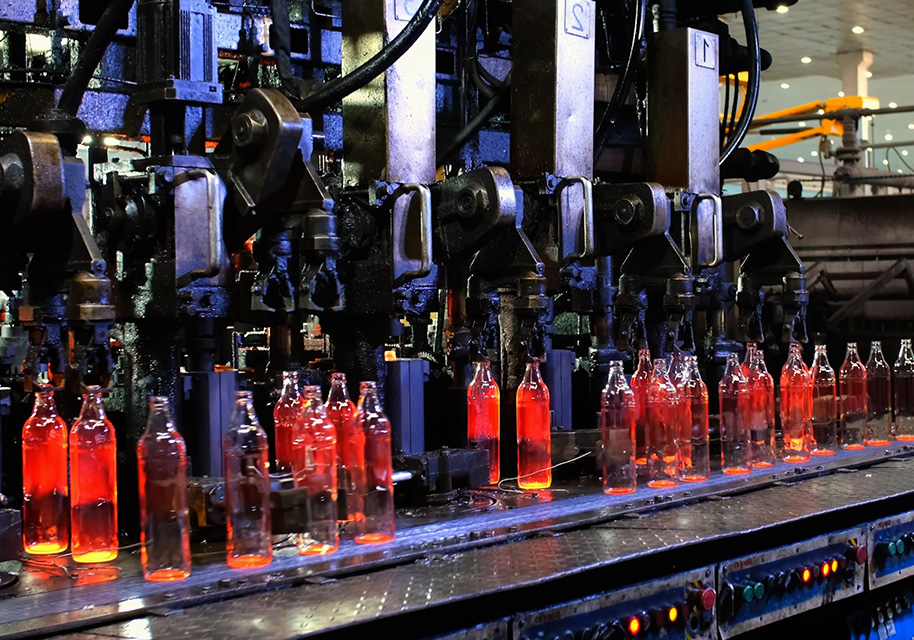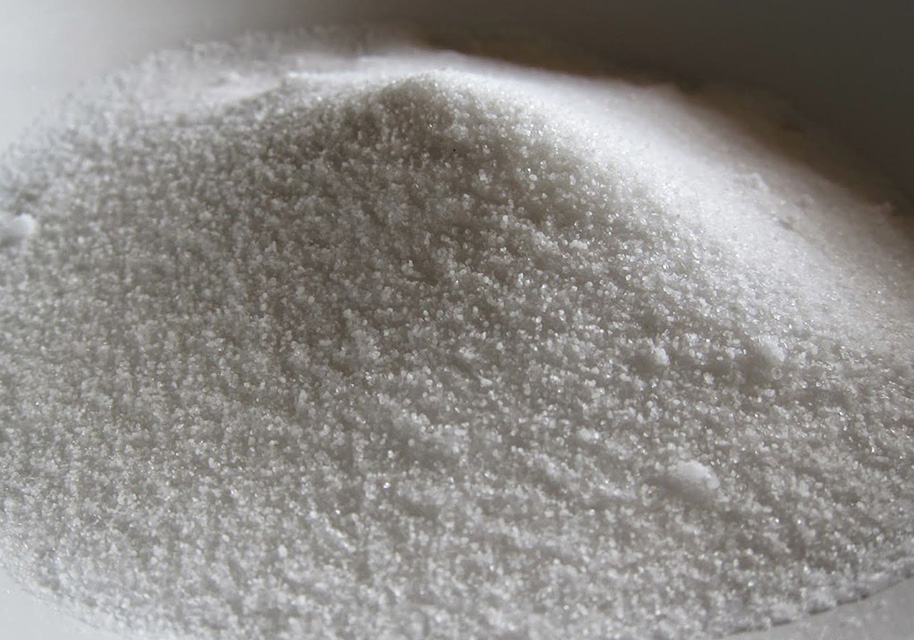
Our calcium-based products are used as binding or fluxing agents to form slag throughout the iron and steel production process. Slag removes harmful impurities such as silica, phosphorus, and sulfur. Our products also help you increase energy efficiency and productivity while facilitating easier compliance with environmental regulations.
Quicklime is most extensively used in the iron and steel industry for refining steel in electric arc furnaces (EAF) and blast furnaces. Lime is particularly effective in refining phosphorus, sulfur, and silica and to a lesser extent, manganese. Lime also has significant applications in the secondary refining of steel and in the manufacturing of steel products.
Lithium
Lime is used during the processing of brine solutions and mineral ores to produce lithium carbonate and lithium hydroxide, which are necessary for the manufacture of rechargeable batteries for electric vehicles and other devices, as well as for ceramics, glass, greases, and metallurgical powders.
Copper
Lime is used in the metallurgical processing of different types of copper ores, from the flotation of copper sulfide minerals to the leaching of copper oxides with acid leach solutions.
Alumina
Lime is used in various processing steps during the refining of bauxite ore into high-purity powdered alumina (aluminum oxide).
Gold
Gold is found in many different types of ores, each requiring a specific processing route for optimal gold recovery.


Lime is commonly applied by mixing it with soil or spreading it directly onto the ground. After application, it is mixed with water to initiate chemical reactions, which strengthen the soil structure. Lime is widely used in road construction for soil stabilization and enhancing durability.
In road construction, lime is utilized in various areas. For soil improvement, lime is used to increase soil stability, creating a solid foundation by enhancing the durability of weak soils. In asphalt mixtures, lime acts as a binder, improving the durability of the asphalt. Additionally, lime is an important component in concrete production, contributing to the strength of the concrete.
The advantages of lime include durability, cost-effectiveness, and being environmentally friendly. Lime helps ensure the longevity of structures while typically being a cost-effective material that reduces overall expenses. As a natural material, it has minimal negative impacts on the environment.
Our products effectively absorb existing moisture and gases during the thermal processing of all types of polyethylene, gaining value through various specialized stages This process results in a more homogeneous film, enhancing its durability and preventing tearing.
In plastic recycling processes, our products play a significant role as additives. They prevent gas formation across all sectors of plastic recycling. While granule machines have gas removal sections, they may not completely eliminate persistent moisture. Our products effectively remove this residual moisture, providing a protective effect against humidity that granule particles may encounter during storage.
The use of our products contributes significantly to environmental sustainability. By increasing the efficiency of plastic recycling, we help reduce waste and promote the reuse of materials. This not only conserves natural resources but also lowers greenhouse gas emissions associated with plastic production. Additionally, by enhancing the quality and durability of recycled plastics, we support the creation of high-performance materials that can be used in various applications, further promoting a circular economy.
In summary, our products not only improve the quality and durability of polyethylene films but also contribute to the advancement of sustainable practices within the plastic industry, benefiting both the environment and the economy.


In drinking water treatment plants, the processed water is supplied to households and industries and must meet high purity standards crucial for human health. Filtration materials and lime-based products are used in the production of drinking water and process water for filtration, iron and manganese removal, heavy metal removal, turbidity reduction, softening, mineralization, corrosion control, and pH/alkalinity adjustment.
Lime milk is known to be used for softening or remineralizing drinking water to achieve the calcium-carbonic balance.
Quicklime is used in agriculture and forestry to correct soil acidity. Calcium is essential for healthy plant growth and increased crop yields. This allows for better use of arable land and enhances the effectiveness of expensive fertilizers, reducing their environmental impact on groundwater. Additionally, different sizes of lime used help aerate the soil.


Glass is both an ancient and a modern material. It has a wide variety of applications in everyday life as well as in advanced technology products.
Flat glass and container glass are primarily produced from silica sand, soda ash, and limestone and/or dolomite, in a form known as soda-lime glass. The oxides obtained from these raw materials are responsible for the melting process of the glass as well as its chemical and physical properties.
Glass is 100% recyclable. In addition to primary raw materials, processed glass fragments (cullet) also play an important role in glass production.
Continuous Glass Fibers
Textile glass fibers are primarily used in the production of glass fiber reinforced plastics (GRP). These plastics are used in various industries, from transportation (automotive, aircraft construction, shipbuilding) to wind energy, electronics, and sports equipment.
The production of E-glass and ECR (E-Glass Chemical Resistant) glass for continuous glass fibers requires very fine and high-quality raw materials. In addition to finely ground limestone, fine white lime is also used.
Glass Fibers for Insulation:
Glass, mineral, and stone wool have long been used as insulation materials against heat, cold, and noise. Mineral wool is made from natural and locally sourced raw materials like silica sand or basalt, and environmentally friendly recycled glass. It is the preferred insulation material in construction and industry. Glass or stone wool fibers are produced by blowing compressed air or using a spinning process on a stream of glass. The addition of limestone to the mixture serves to adjust and influence the desired properties of the melt and fibers. Depending on the composition, lime products act as fluxing and stabilization agents for the glass.
Lime is the oldest known binding material. It was used as an air lime binder in construction by ancient Babylonians, Egyptians, Phoenicians, Hittites, and Persians. In Roman times, hydraulic lime was discovered and used in underwater constructions. Meanwhile, the Turks ground and mixed brick fragments (fired clay) with pozzolanic lime (volcanic-based, clayey, calcareous soil) and used it as Horasan mortar. This type of binder is also known as ‘homra’ in Egypt and ‘surki’ in India. In Byzantium, lime was applied in fresco plaster techniques.


In the kraft pulp production process, lime is used to convert sodium carbonate, known as green liquor, into soluble sodium hydroxide (caustic soda, NaOH), resulting in a product called white liquor and precipitated calcium carbonate on the other side, known as lime mud.
This conversion reaction, called causticizing, regenerates NaOH, an essential reactant along with sodium sulfide for digesting wood into paper pulp. The precipitated calcium carbonate is filtered and calcined in an on-site kiln to produce quicklime (CaO), which is reused in the causticizing reaction.
Lime is loaded into a rotating cylindrical lime slaker with hot water to make milk of lime. Milk of lime is used to react with NH4Cl to recover NH3. The Na2CO3 product obtained this way is known as light soda due to its low bulk density.


The incineration of waste and many other industrial processes produce flue gas. These gases typically contain pollutants such as sulfur oxides (SO2 + SO3), hydrochloric acid (HCl), hydrofluoric acid (HF), as well as heavy metals, dioxins, and furans.
Lime, hydrated lime, and limestone-based products are highly effective reactants for capturing pollutants. When mixed with other components, they also eliminate substances known as micro-pollutants.
There are two types of applications: Dry and Wet.
Dry Process
Dry processes typically inject lime into the flue gas before a particulate separator. The particulate separator is usually either a bag filter or an electrostatic precipitator. It neutralizes and removes acidic gas components (primarily SO2, HCl, HF, SO3).
All dry processes can use calcium hydroxide Ca(OH)2 and, unlike wet systems, do not contain any liquid waste to be treated.
Semi-Wet Process
In spray dry flue gas treatment, lime is added in the form of lime slurry (or milk of lime), which is sprayed or atomized in a special reactor. The lime slurry or milk of lime serves a dual purpose: improving the flue gas by increasing moisture and lowering the temperature. It also ensures that fine particles of calcium hydroxide are dispersed after the droplets dry. The latent heat in the treated gas evaporates the water in the lime slurry, creating a dry powder as a result of a liquid-gas reaction.
You can reach us by using the form below.